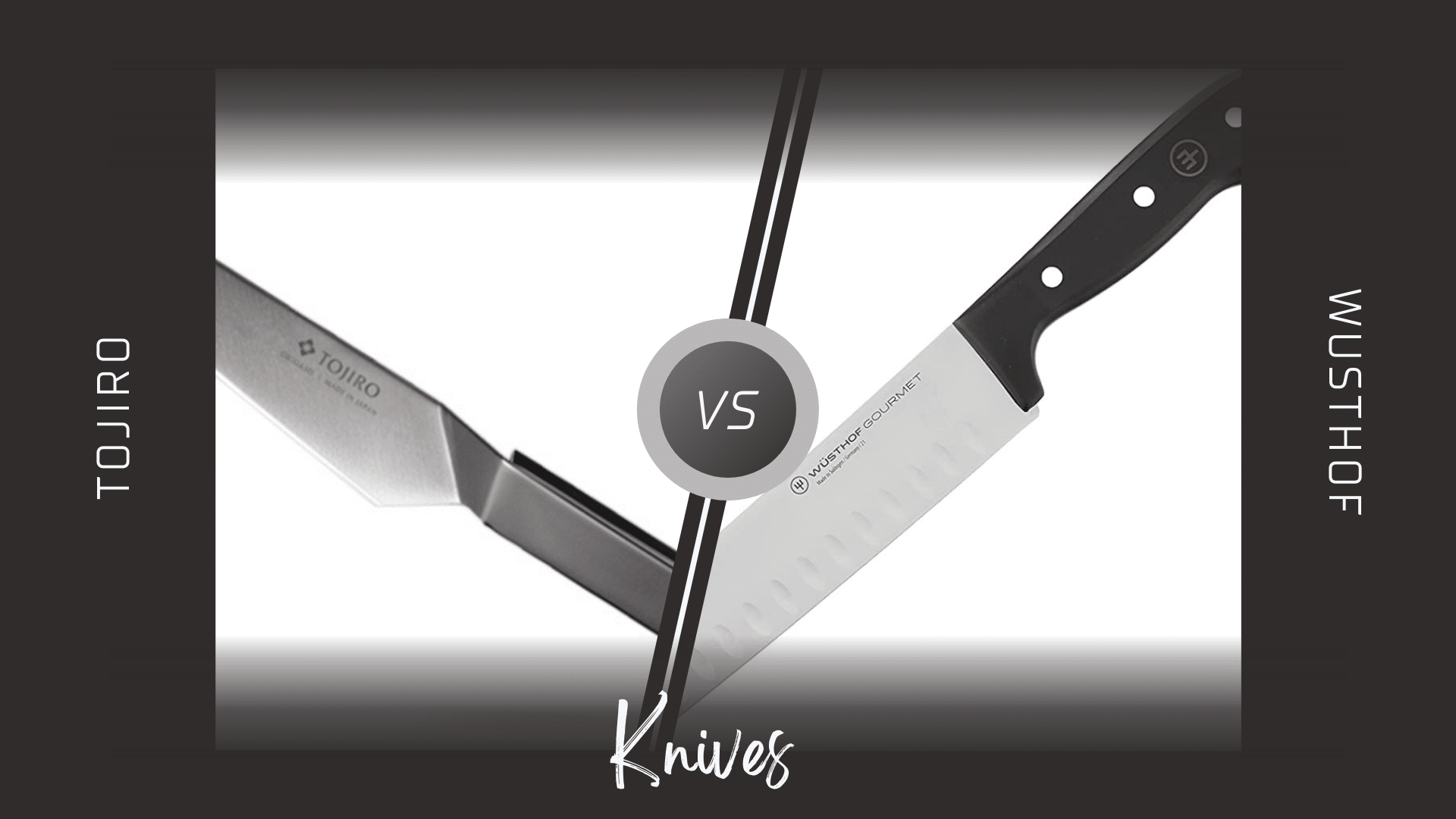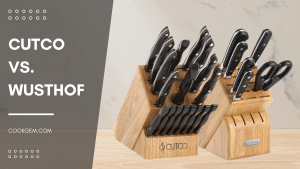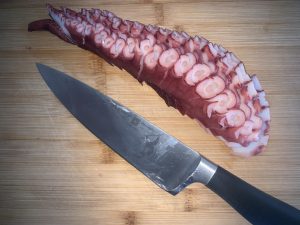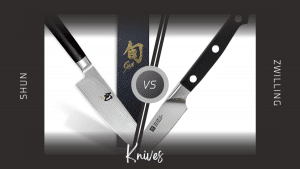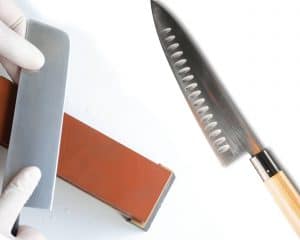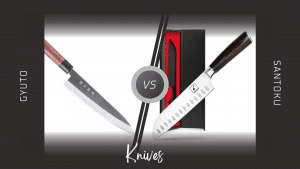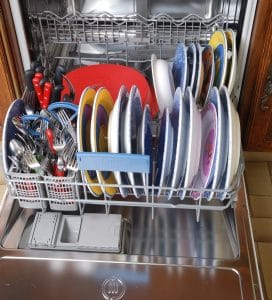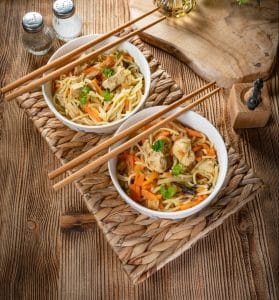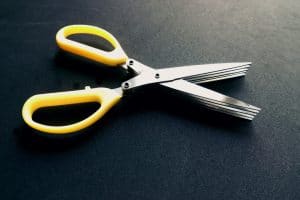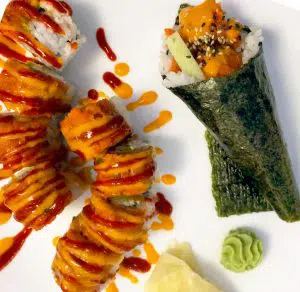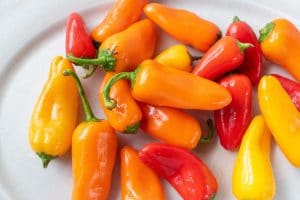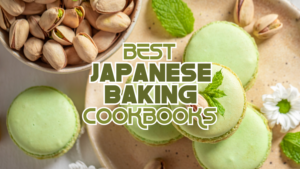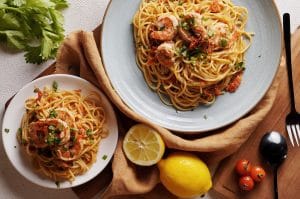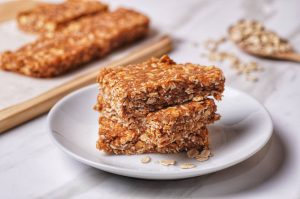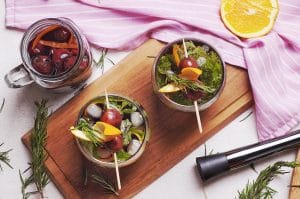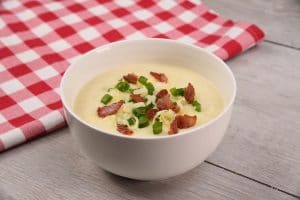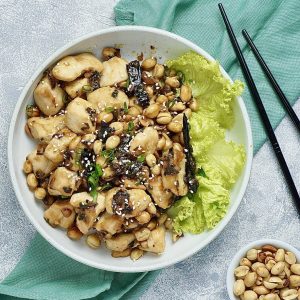Tojiro Vs. Wusthof Knives: What’s The Difference?
Important Note: When you buy through our links, we may earn a commission. As an Amazon Associate we earn from qualifying purchases. Content, pricing, offers and availability are subject to change at any time - more info.
Any chef will tell you that the one kitchen tool you really need to invest in is a good set of kitchen knives. Food preparation becomes faster, safer, and far more straightforward with the right tools for the job. But the choices in kitchen knives can feel overwhelming, so how do you know what will give you great value and last you a lifetime?
Japanese-made Tojiro knives are high-quality stainless steel alloy blades known for their lightness and sharpness. In contrast, German-forged Wusthof blades are classics known for premium quality, strength, and Precision Edge Technology. Both are top brands, though Tojiro tends to be less pricey.
Choosing a good set of knives for your kitchen is imperative if you want to have the best experience when preparing ingredients, and there are many choices available. A top-quality set of knives is expensive, but it’s an investment worth making. When it comes to top brands, Tojiro and Wusthof are the two that most chefs use in their kitchens, but which brand will be right for you?
- Tojiro vs Wusthof Knives
- Wusthof Knives
- Tojiro Knives
- Blades
- Bolsters Of Wusthof & Tojiro Knives
- Handles Of Wusthof & Tojiro Knives
- Weight Of Wusthof & Tojiro Knives
- Sharpness Of Wusthof & Tojiro Knives
- Cleaning Of Wusthof & Tojiro Knives
- Durability Of Wusthof & Tojiro Knives
- Pricing Of Wusthof & Tojiro Knives
- What Is The Difference Between Tojiro & Wusthof Knives?
Tojiro vs Wusthof Knives
Using the best knives in the kitchen will make a difference between hacking your way through hard-to-cut ingredients or feeling like food prep is a breeze. Blades that slice with ease and precision are easier and safer to use and cut down on wasted time. Tojiro and Wusthof are two companies known to produce top-quality knives for the kitchen.
Because they are both well-regarded and have world-renowned manufacturing, either one will be an excellent choice. It will come down to the style that works best for you and the budget with which you are working. Wusthof is a premium brand with the details in the fit and finish, while Tojiro knives can be found at far lower prices and are noted for their hard steel and sharpness.
At first glance, this may make the solution simple – if the two are more or less equal in quality, go for the cheapest brand. However, you’ll be using your knives for life, so the feel of your blade as you work with it is vitally important.
The knives need to be comfortable and a weight you like working with. Another thing to consider is how often you’ll need to sharpen your blades and how easy they are to sharpen. More minor details like the design of the handle and how easy the knife is to clean are also important.
Wusthof Knives

Wusthof Knives are a culinary tool classic — they have been in production for over 200 years, and many top industry kitchens sport Wusthof knives. A major German manufacturer, Wusthof is still a family-run business operating out of Solingen.
They pride themselves on their quality, and the blades are made from stainless steel known as X50CrMoV15. This steel has Molybdenum and Vanadium, which increases the hardness and durability of the edges, and makes them more resistant to corrosion.
Wusthof makes both forged and stamped blades, but I always recommend forged blades when buying kitchen knives. Forged blades are made from steel heated and hammered repeatedly until the edges become more robust and durable. Stamped blades, contrarily, are stamped out of a roll of steel.
While stamped blades are considerably cheaper, they are not as strong as forged ones and are used to make the budget Wusthof lines. If you’re looking to stock your kitchen, note that the pricing variations on the forged blades will be down to the material used for the handle, not the blade itself.
The Wusthof forged blade knives’ edge quality remains the same regardless of whether the handle is synthetic or natural.
Tojiro Knives

Tojiro is a Japanese company based in Niigata, and it is well known as one of Japan’s leading knife brands. The knives have won numerous awards for their design and have been called ‘Japan’s cheapest knife.’ Tojiro’s guiding principle is ‘once in a lifetime,’ showing their commitment to creating a quality product that will not need replacing.
Although Tojiro knives have only been in production since 1955, metal goods such as nails, cutlery, and machine parts have been manufactured in Niigata for generations. Tojiro has developed a reputation for creating stainless steel knives with impeccably sharp blades and comfortable handles.
Their knives have forged blades made by using a blend of traditional and modern technology.
Despite their very different backgrounds, both companies produce top-class kitchen knives. I’ll take a deeper look into their characteristics to give you an idea of which brand is the right one for you.
Blades
The hardness of metal blades is measured in Rockwell percentage, which is their resistance to indentation under force. Harder materials will bear more pressure with fewer scratches and dents.
Wusthof Blades
Wusthof use X50CrMoV15 steel for their blade. The blade and the handle are forged from a single piece of steel, making them full tang blades. The components of this stainless steel give the blades specific strengths:
- Carbon helps give the blade a fine, sharp cutting edge
- Chromium and Molybdenum provide stain resistance and add durability
- Vanadium offers corrosion resistance and durability, helping to keep the blade sharper for longer
A Wusthof knife comes with a razor-sharp edge and will take a lot of use before it needs sharpening again. They are generally thicker, sturdier blades than the Tojiro, and as such, are excellent workhorse blades and can be used for tough jobs.
The consensus among chefs is that it is of slightly softer steel than the Tojiro blades, making sharpening easier. The blade hardness is measured at 58 Rockwell. Most Wusthof blades have a sharpening angle of 14 degrees on each side – an innovation over the more usual German sharpening angle of 22 degrees. This makes for a much sharper blade than many Western manufacturers.
Wusthof knife blade backs (the area known as the spine) are ground and polished, so no rough edges remain, making it more comfortable to use.
Once the primary blade blank has been forged, alterations will be made to the handle style and feel, which will affect the price. Wusthof offers traditional cook’s knives in European and Asian-style knives, using varying woods and synthetic resins for the handles.
Tojiro Blades
Tojiro blades are harder than Wusthof, with a Rockwell rating of 60. This helps them keep sharper for longer. Tojiro doesn’t stick to a single alloy for its blades but uses a range of alloys depending on the blade type. All their blades are full tang, made from a single steel billet.
Comparatively, due to the thinner blade and more rigid steel, Tojiro blades are known for their sharpness, and some chefs prefer them for specific tasks over the Wusthof.
Some of the alloys used in Tojiro blades are VG10 steel, Molybdenum Vanadium Steel, Powdered high-Speed Steel, and High Carbon Stainless Steel.
Japanese blades tend to be lighter than European blades, which is definitely true of Tojiro. Tojiro manufacture blades in both Western and traditional Japanese styles, making them a more versatile option if you’re looking to expand your kitchen tools, especially for working with sashimi and fish.
Bolsters Of Wusthof & Tojiro Knives
When a blade is traditionally forged in the Western style, there will be a section of thickened metal between the blade and the handle. This wedge of steel is known as the bolster, protects the user’s fingers, and helps provide weight and balance to the knife.
All Wusthof blades will have a bolster. With Tojiro, the bolster will depend on the style of blade you select. Western-style blades will have a bolster and a familiar flatter handle, while Japanese-style blades usually have rounded wooden handles.
Some styles of Tojiro blades do not have a bolster but a resin collar that separates the handle from the blade. Again, this design element is a matter of preference; the bolster vs. collar will change the knife’s weight, and some cooks don’t like the bolster getting in their way.
Handles Of Wusthof & Tojiro Knives
Wusthof Knife Handles
Wusthof blades extend through the blade’s entire length through to the end of the handle, which is known as full tang. The handle materials are fitted to the tang with three rivets in the top models, making them very secure. Their handles range from synthetic materials to various woods, including olivewood, oak, beech, and African blackwood. The type of handle material you choose will affect the final cost of the knives.
Tojiro Knife Handles
Like the Wusthof’s, Tojiro blades are also full tang and have a three-rivet attachment. Depending on the style, some handles will have a seam between the attachment and the handle, which some might find annoying when cleaning the handles.
Handles may be made of either a laminate material or natural wood.
Weight Of Wusthof & Tojiro Knives
Traditionally, Japanese blades have tended to be lighter than german blades, which holds for Tojiro vs. Wusthof. If you prefer a heavier blade, then Wusthof will suit you better. Those who like a light blade may choose to go with the Tojiro knives.
It is a matter of your personal preference as to which blade is the superior one.
Sharpness Of Wusthof & Tojiro Knives
Both Tojiro and Wusthof are highly sharp blades, with steel alloys chosen for their hardness and ability to hold a sharp edge.
Traditionally, Japanese blades made by Tojiro are sharpened with a 15-degree edge on each side of the blade. Western knives used to be sharpened to 22 degrees, but Wusthof has since followed the Japaned innovation and has since gone for an angle of 14 degrees.
Your kitchen knives should only need to be sharpened every few months if they are of good quality – and depending on how often you use them. The slightly softer metal of the Wusthof blades may make sharpening easier than the Tojiro blades; conversely, the harder Tojiro blades may need sharpening less often as they hold their edge for longer.
One thing many chefs recommend to keep your blades at their best is to have them professionally sharpened every two years. This will help keep your knives in optimum condition, and a good sharpener will be able to correct any imperfections you may have inadvertently caused with home sharpening.
Cleaning Of Wusthof & Tojiro Knives
Knife manufacturers do not recommend you put your chef knives in the dishwasher. Cutting knives should be hand-washed after use with a bit of soap and water. The pressure and heat from the dishwasher can damage your blades and cause the knife edge to become dull faster. We have more information for you regarding cleaning knives in your dishwasher here.
Some may find the Tojiro a little finicky to clean around the handle attachments.
Durability Of Wusthof & Tojiro Knives
Both Tojiro and Wusthof blades are designed to be purchases that should last you a lifetime in the kitchen. You should not have to regularly replace worn down, bent, or rusted blades when you invest in a set of knives from either company.
Due to the high manufacturing standards, both companies have excellent reputations for their products, which brings us to the most significant factor that may tip the scale a little.
Pricing Of Wusthof & Tojiro Knives
As a premium Western brand with a long-standing reputation for making some of the best utensils on the market, Wusthof knives can come with a hefty price tag.
A single knife could easily set you back $200.
Tojiro is known to be somewhat more affordable, with some knives less than half the cost of a comparable Wusthof knife.
When making price comparisons, one thing to remember is that both companies make industry-standard professional blades and budget varieties. When looking to buy a set of knives that will last you for life, stick to the higher-end knives.
What Is The Difference Between Tojiro & Wusthof Knives?
If you intend to invest in a set of kitchen knives that will last you the rest of your life, one of the best things you can do is go to a specialist knife store where you will be able to hold the knives themselves and get a feel for which handle styles suit your grip.
For example, some people love the additional protection, and weight of the Wusthof bolsters and how they guard the fingers, while others find they get in the way. With Tojiro, some cooks find that even their Western-style blades have a pretty Japanese style and feel, which you may prefer.
